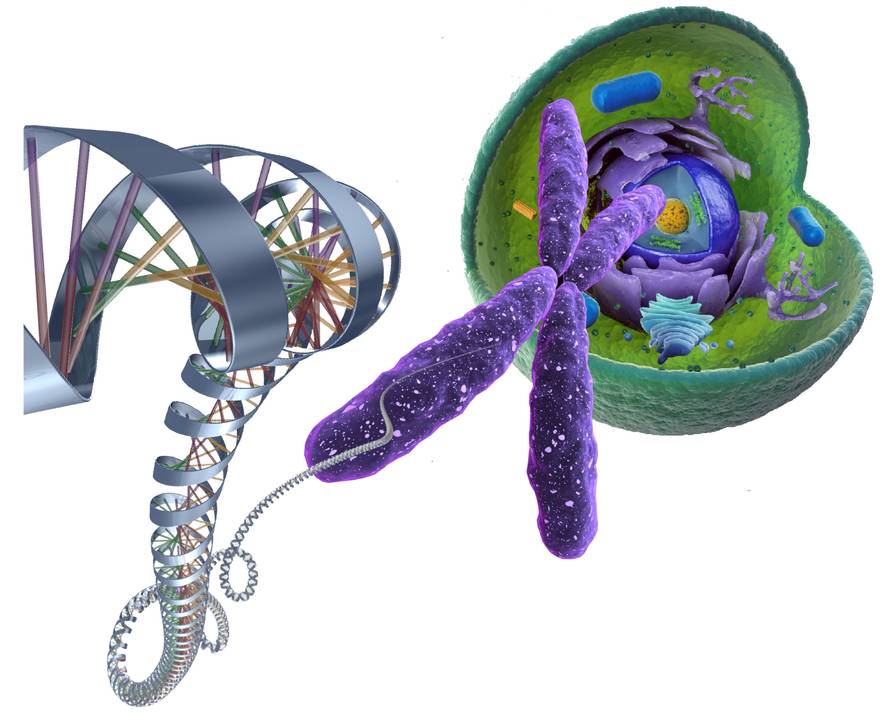They explain the mechanism of production of two different proteins in the same gene sequence
Investigating the genetic basis of neurodegenerative disease, researchers at the University of Chicago have made a surprising discovery. In fact, they have shown that the same gene sequence can produce two different proteins. In addition, the mechanism through which it is produced is explained.
According to researchers, this type of mechanism can be the key to understanding and treating different diseases.
The research was carried out in the specialized magazine Cell. In the article they have shown that the CACNA1A gene encodes two proteins related to ataxia spinocerebelar type 6. Apparently, the messenger RNA that is generated has in the center a special part of the sequence, which generates a second position for the ribosomes in the production of the protein, so two different proteins are formed in the same gene sequence.
The neurologist Chistopher Gómez, in his press release from the University of Chicago, said that “the first example, through the same messenger RNA, is the one that a gene produces two different proteins in a complex organism.”





